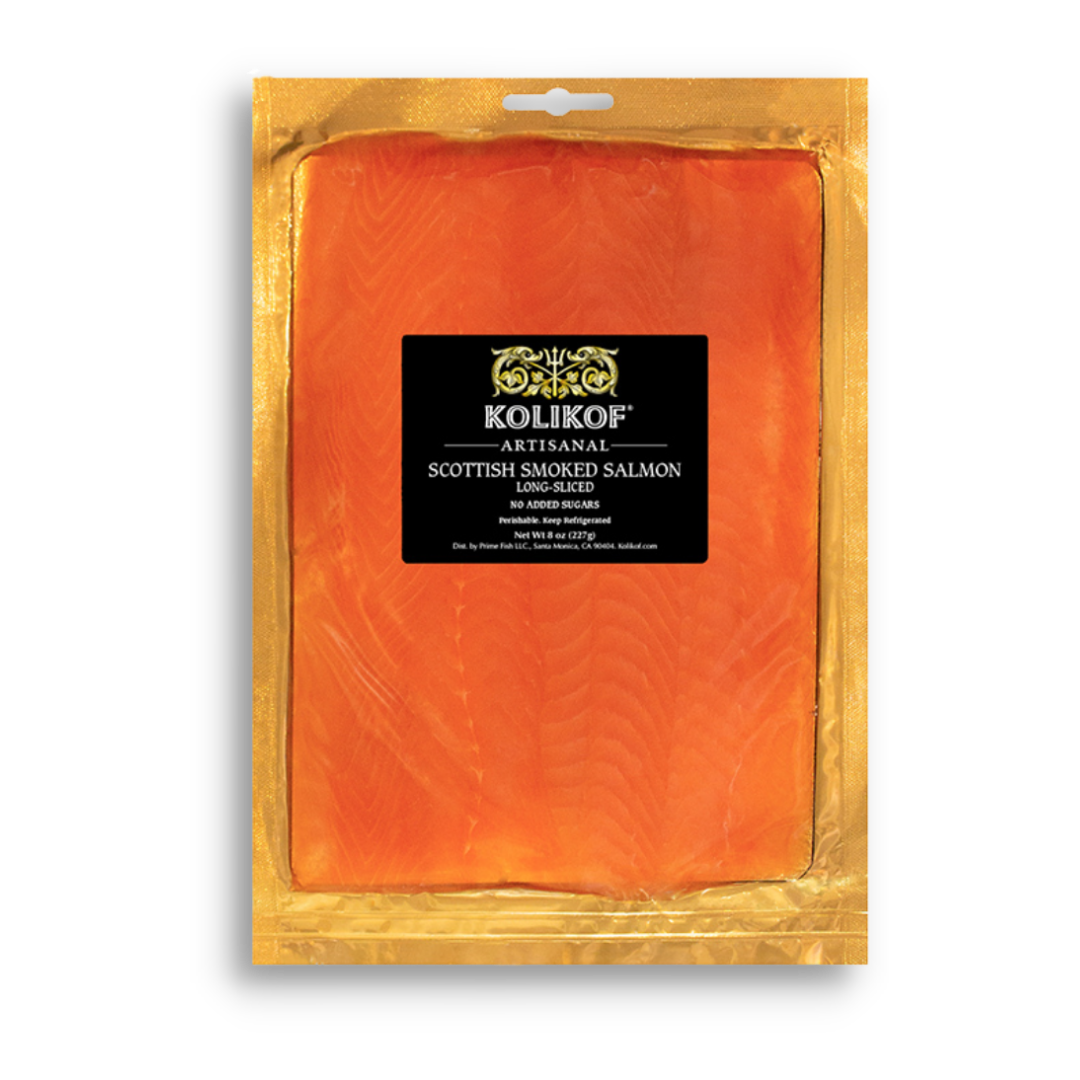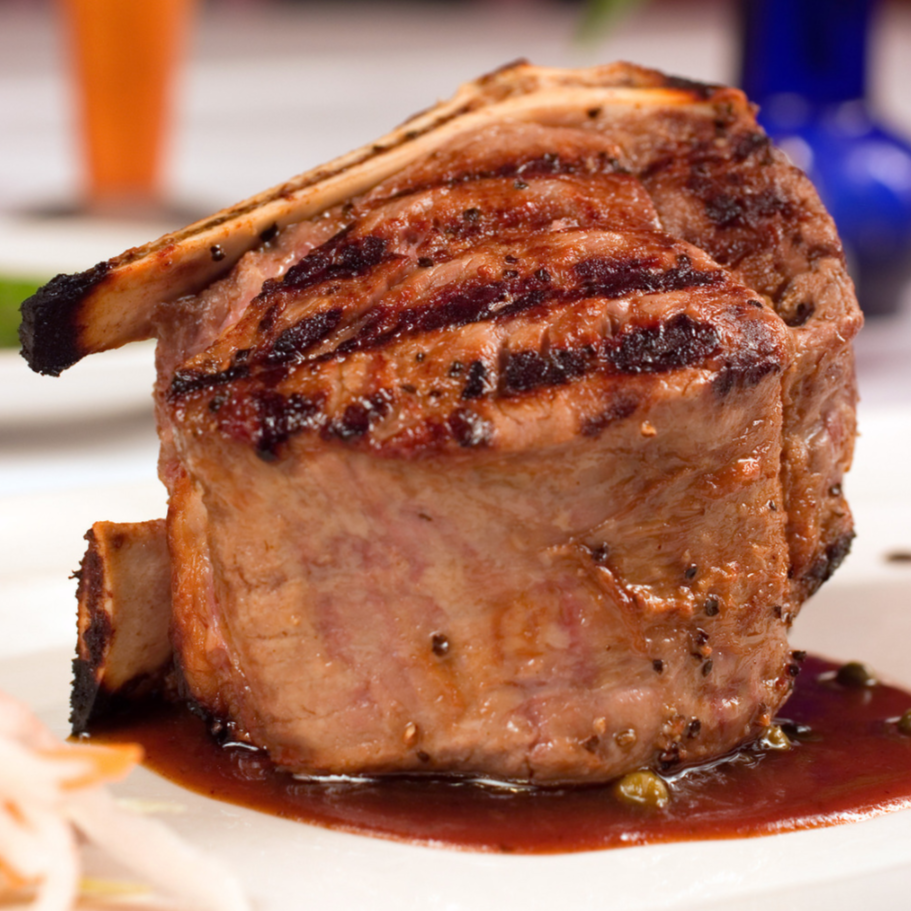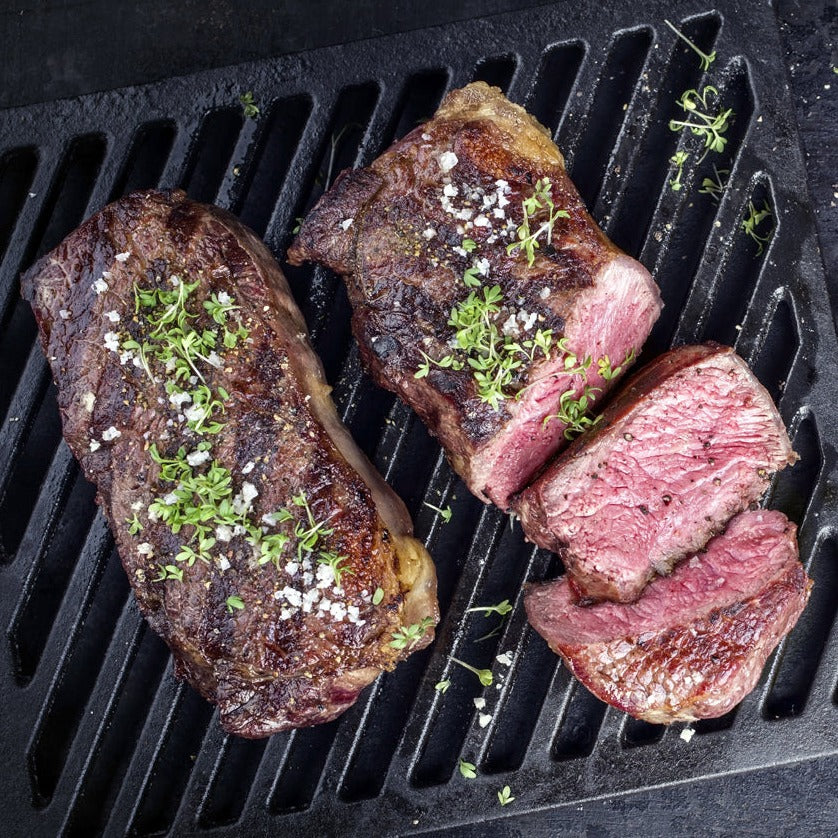Does Wagyu Beef Only Come From Japan?
There has been a lot of discourse over the origin of true wagyu and where it comes from. Traditionally, Wagyu has been exclusively exported from different prefectures in Japan. While the answer might seem straightforward, the story behind wagyu's unique origin is a fascinating blend of history, genetics, and meticulous tradition.
Where Does Wagyu Originally Come From?
The story of wagyu stretches back millennia. Literally translating to "Japanese cattle," wagyu refers to four specific breeds of cattle native to Japan: Japanese Black, Japanese Brown, Japanese Shorthorn, and Japanese Polled. These breeds were originally used for agricultural work, valued for their strength and endurance. However, in the late 19th century, things started to change.
The Meiji Restoration and the Birth of Modern Wagyu:
The Meiji Restoration, a period of modernization in Japan, opened the doors to Western influences. Foreign cattle breeds like Brown Swiss and Shorthorn were introduced, and these were crossbred with the native Japanese breeds. This crossbreeding, combined with a shift towards raising cattle for meat production, laid the foundation for the development of the modern wagyu breeds known for their exceptional marbling.
The History and Science of Raising Real Wagyu
Raising wagyu cattle is an art form honed over generations. From strict regulations and quality control measures to meticulously controlled diets and stress-free environments, every detail is meticulously considered. This dedication creates an environment where the cattle's genetic predisposition for marbling can flourish, resulting in the beautiful, fat-streaked meat we know and love.
Why Can’t True Wagyu Come From Outside Japan?
As one of the hottest commodities in the meat market, true wagyu can ONLY come from a handful of Japan’s different prefectures due to a multitude of reasons. Due to strict Japanese regulations, you can only call your meat “true Wagyu” if the cattle is born, raised, and slaughtered in Japan. This strict guideline helps the Japanese government verify its real lineage and ensure that the beef you’re consuming is actually authentic.
In addition to these strict regulations, Japans’ unique geography and agricultural practices contribute to the distinctive taste and traits you expect from authentic wagyu. Other regions in the world are not able to mimic the topological traits of Japan, thus, producing an inferior breed of cattle.
However one of the most compelling reasons that wagyu cannot hail from regions other than Japan comes down to its strict lineage and conservation of cattle breed, which have been maintained for over a century. Japanese breeders have perfected the art of raising cattle for over a century, which ensures each generation of cattle is at its peak genetic form for consumption. Marbling is one of the most distinct traits of authentic wagyu and cannot be cheated or achieved by other means.
The exclusivity of wagyu is part of its allure. It's a testament to the unique cultural heritage and meticulous practices that define Japan's dedication to quality. While it may not be readily available everywhere, the quest to experience its exceptional flavor and texture becomes a journey in itself, a celebration of Japanese culinary traditions and the unwavering pursuit of excellence.









